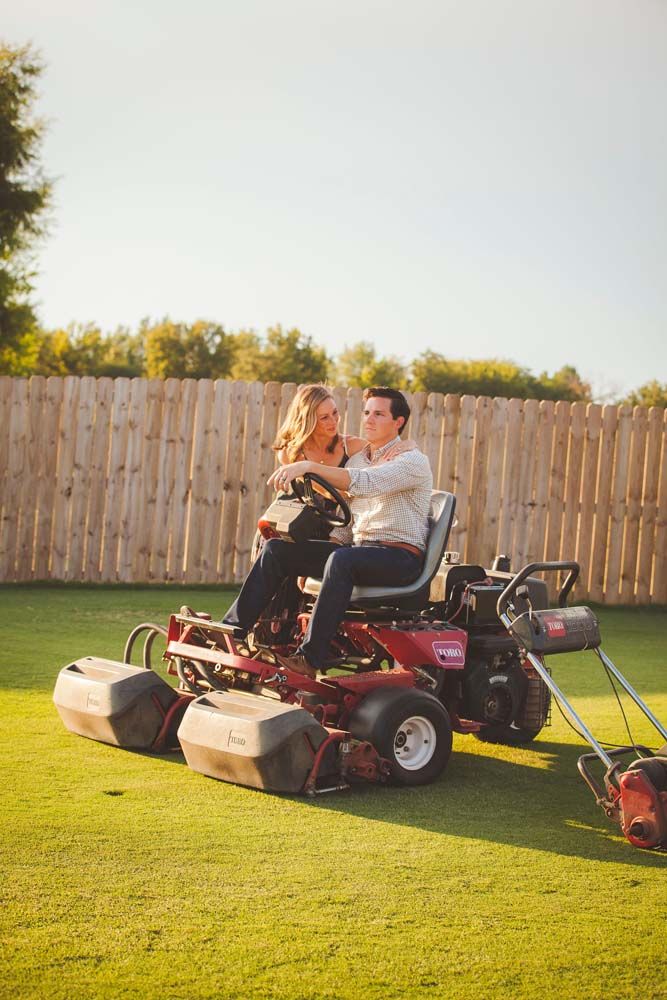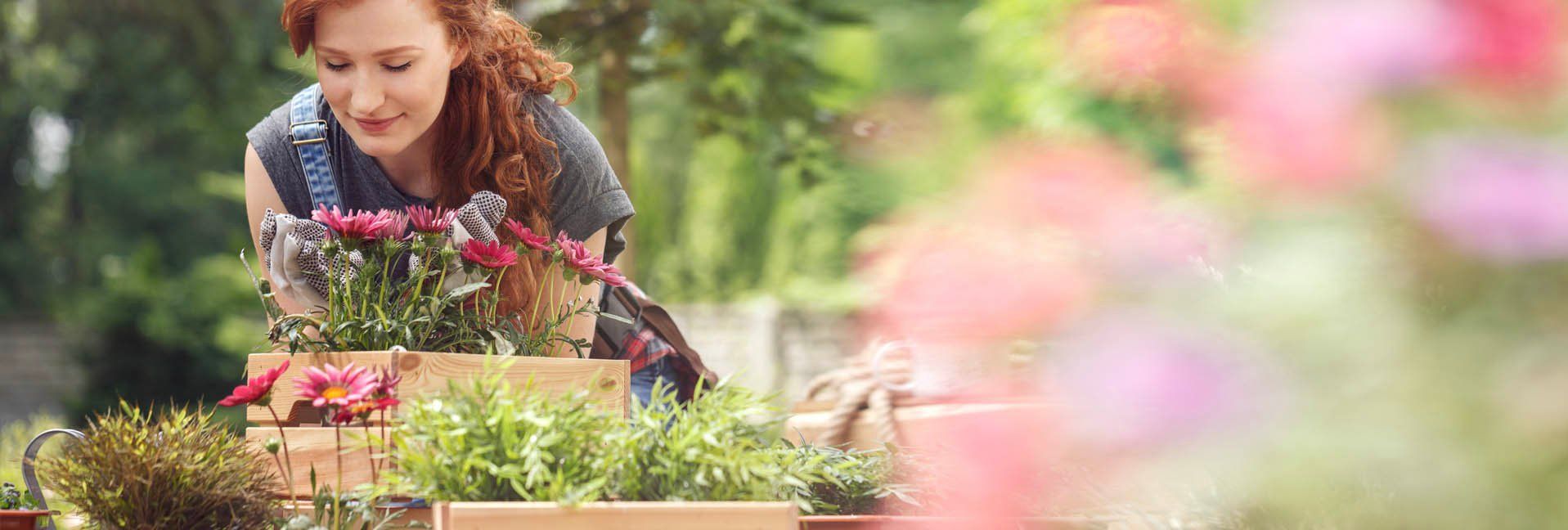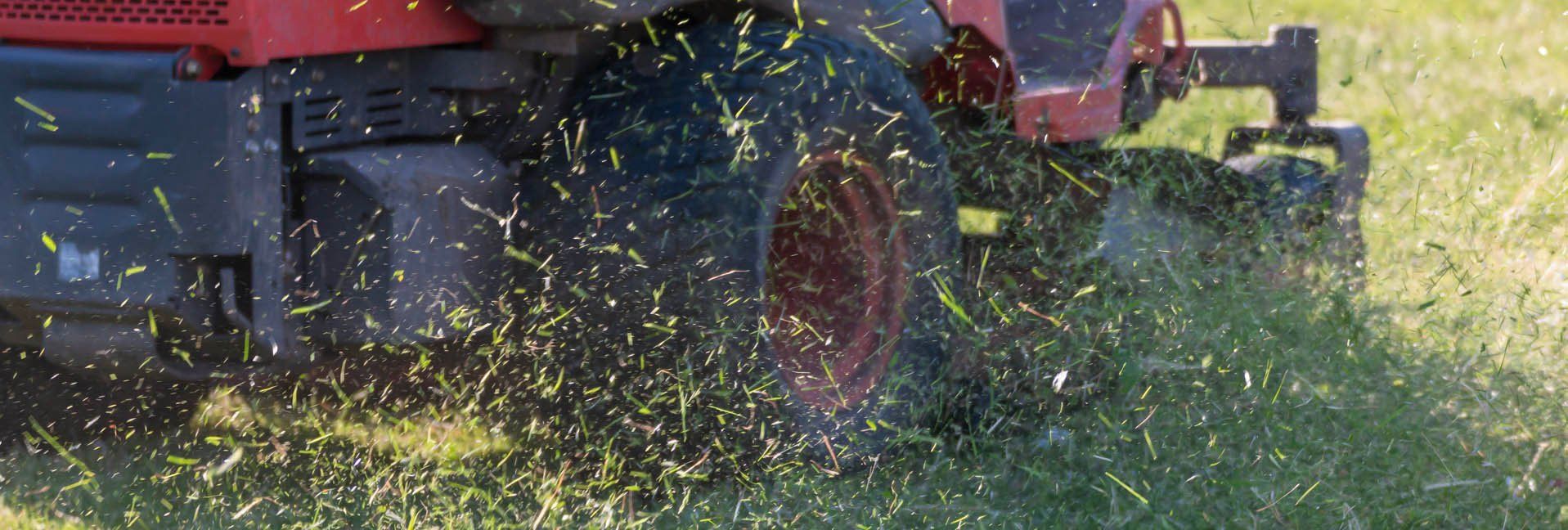7 Tips for Healthy Houseplants
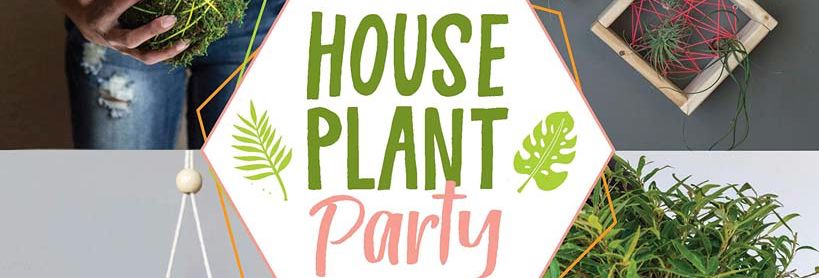

An Interview with “The Houseplant Guru,” Lisa Eldred Steinkopf
Houseplants are more popular than ever and houseplant sales have skyrocketed. The combination of forced quarantine and stay-at-home advice has made us look at our homes in a new light.
With more time spent at home, we have bought more houseplants to make our indoor spaces feel cozier. For many thousands of us, “greening up” our homes has made it more pleasant to stay safe at home.
To help us keep our new houseplants healthy, I asked Lisa Eldred Steinkopf for some expert tips. Lisa had written three books about houseplant care. Her newest book is Houseplant Party: Fun Projects and Growing Tips for Epic Indoor Plants.
Here are Lisa’s Top 7 Tips for keeping your houseplants healthy.
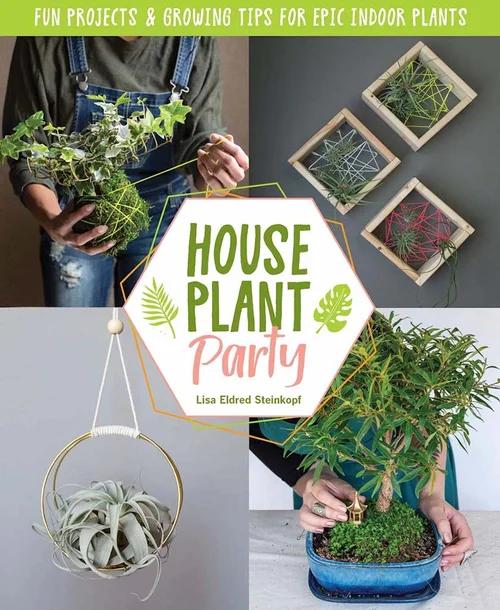
Tip #1: Pay attention to your plants
Lisa’s top tip for healthy houseplants is “pay attention to your plants and their needs.” Too many plants die from neglect, and simply checking on a plant periodically can make the difference between a healthy plant and one that is slowly dying.
Also, checking on your plants will help you learn what they look like when they are happy—and when they are not happy.
Tip # 2: Don’t water every plant on a fixed schedule
Don’t water your plants on a fixed schedule—such as watering every Wednesday and Saturday whether they need water or not. Check the potting medium often—and always check it before you water.
Stick your finger in the potting soil. If it is dry up to your second knuckle, give the plant a thorough watering. (Add water it until it starts to run out the drainage hole.)
If the plant is in a large pot, use a dowel to check for moisture. Insert the dowel into the potting soil and let it sit there for a few minutes. If the end of the dowel is wet when you pull it out, DO NOT water the plant. If the end of the dowel is dry, give the plant a thorough watering.
It is important to remember that what’s going on in the bottom of the pot is often not what’s going on in the top few inches of potting soil. And NEVER let a plant stand it water. Plant roots hate to be water-logged.
Tip #3: Let there be (the right amount of) light
If your plant is getting the right amount of light it will thrive. If a plant doesn’t have enough light, it will stretch, lean, and slowly decline.
But don’t give it too much light, either. If a plant gets too much light, its leaves will become bleached out or sunburned, resulting in papery dry spots on the leaves.
It’s important to determine how much light you have to offer a plant before choosing a plant for a specific location. For example, if you only have a north exposure, avoid a cactus or other succulent because a north-facing window doesn’t provide enough light for that type of plant to grow and thrive. On the other hand, don’t place a lower-light plant (such as a fern or spathiphyllum lily) on a sunny south-facing windowsill. It will not be happy.
Many home decorating shows on TV and articles in magazines use plants in many different places in the home for décor, it does not always mean that plant will thrive or even survive in those spots.
Research the plant you want to buy and make sure you can provide the conditions it needs to thrive.
Tip: Give each plant a one-quarter turn when you water it. That way, all sides of the plant will end up getting the same amount of light over time, resulting in a healthy, well-balanced plant.
Tip #4: Give plants enough humidity
Especially during the winter months when our furnaces are running, make sure your plant has ample humidity. This can be accomplished by either having a room humidifier, grouping plants together, or using a pebble tray.
What is a pebble tray? It is a saucer or tray longer and wider than the pot your plant is growing in. Fill the tray with pebbles, and then add water to the top of the pebbles. Place your plant on the pebbles. (But make sure the plant is not standing in water.) Now the humidity will rise up around the plant as the water evaporates.
Tip #5: Clean your windows
An easy tip for healthier potted plants, especially if they have been outside all summer, is to wash your windows often. This is crucial when you first bring your plants back in the house. That’s because plants need all the light they can get after being outside.
The amount of dirt that accumulates on windows is surprising. Keeping them clean will allow as much light in the windows as possible. Since the only way plants can “eat” is to photosynthesize (which requires light), they need an unblocked view.
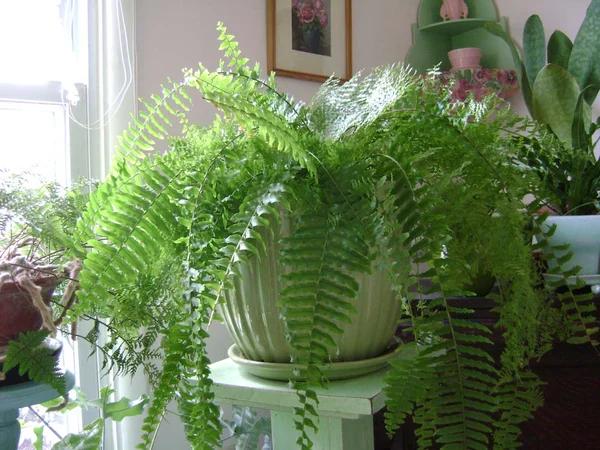
Also, clean or remove your screens as they block up to 30% of the light. At the same time, clean your plant’s leaves. Wipe the leaves down with a damp sponge. Or, just take your plants to the shower or sink and rinse them off. Do this often. (Do NOT use leaf shine, which is bad for plant leaves.)
Tip #6: Keep flowering plants moist
When a plant is flowering, make sure you keep it moist (but not wet or standing in water.) If allowed to dry out while flowering, the plant’s flowers won’t last as long.
Keep flowering plants away from heat vents, cold windows, and fireplaces. This is especially important as we come into the holiday season and we may have poinsettias, cyclamen, amaryllis, and holiday cactus in the house.
Tip #7: Do your homework
Lisa has one more tip for keeping plants healthy and happy: Do your homework. Taking care of houseplants is an ongoing educational process. When you don’t know what growing conditions a specific plant requires, look it up.

Go to Lisa’s website TheHouseplantGuru.com and look it up. Get a copy of her book, Houseplants: The Complete Guide to Choosing, Growing and Caring for Indoor Plants. (Or one of her other books!) And learn how to keep your plants healthy and looking great.
About the author
Randall D. Schultz is the content editor for HomeGardenandHomestead.com, a website filled with new and trending stories for homeowners and homesteaders. Go to the website and subscribe to the free newsletter for special offers and regular home and garden tips and ideas.
Tags:Garden & Landscape

Acreage Life is part of the Catalyst Communications Network publication family.





